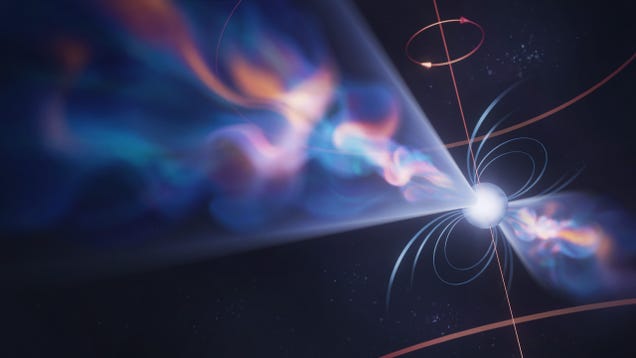
A collision of two extraordinarily dense, collapsed stars in the distant universe is providing potential clues to the axion, a dark matter candidate first proposed half a century ago.

A collision of two extraordinarily dense, collapsed stars in the distant universe is providing potential clues to the axion, a dark matter candidate first proposed half a century ago.

Scientists working on CERN’s Compact Muon Solenoid (CMS) experiment have published the latest data in their search for a long-lived exotic particle known as the dark photon.

Plasma could be wrangled to collide photons and yield matter, according to physicists who ran simulations to explore the practical applications of a world-famous equation.

Astronomers looking at ancient light seen by the Webb Space Telescope have found three pinpricks that they think could be “dark stars,” theoretical objects powered by dark matter.